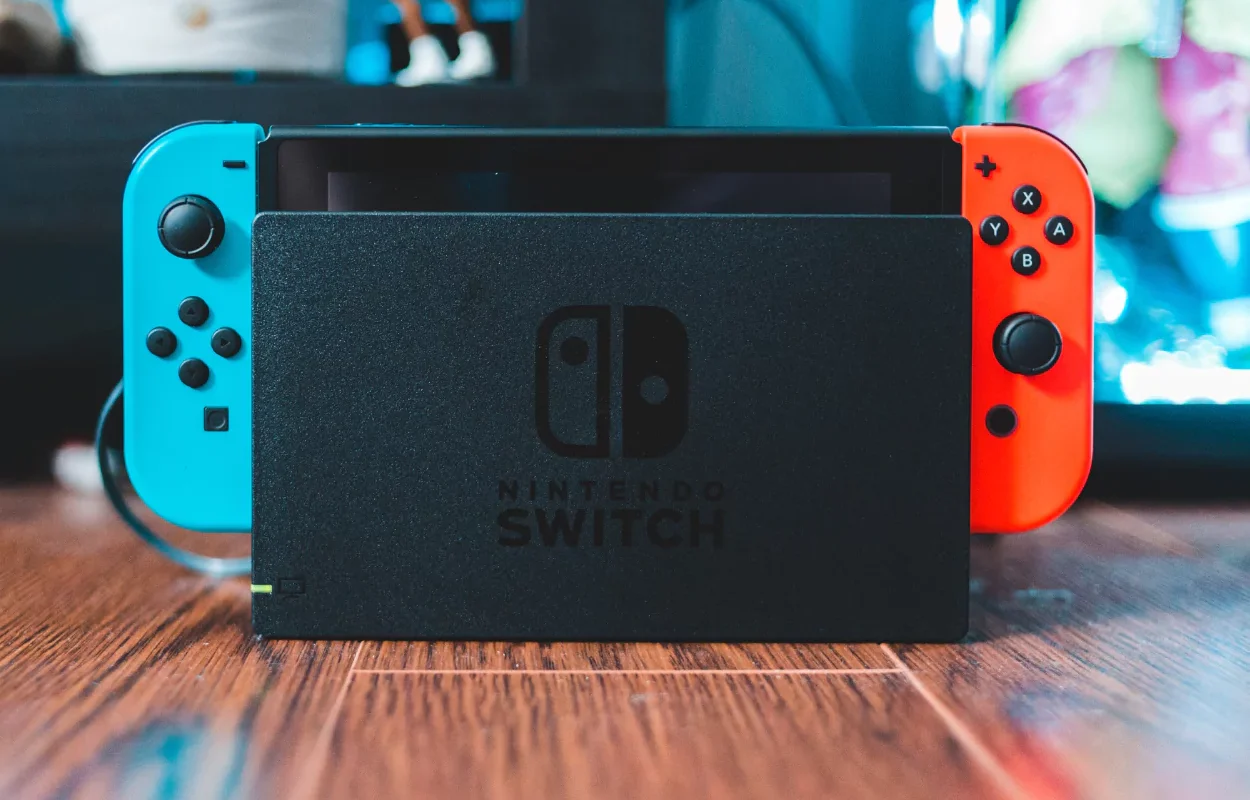Nintendo’s journey in video gaming is a tale of relentless innovation. From the classic NES to the modern Switch, graphics have transformed drastically.
Picture the charm of 8-bit sprites on the NES, a console that defined a gaming generation with its limited yet beloved graphics. Now, leap to the Switch, where vivid worlds come alive in high-definition detail. This evolution is not just about pixels and polygons; it’s about the experience that has shaped our play and captured our imaginations.
The NES era was a time of simplicity, where creativity flourished within the constraints of technology. Fast forward to today, the Nintendo Switch showcases a graphic prowess capable of delivering immersive gaming adventures. This transformation has been gradual but remarkable, reflecting Nintendo’s dedication to enhancing how we interact with virtual worlds. Join us as we explore this graphic journey, understanding how each console leap brought with it a new wave of visual storytelling and how these advancements have influenced the games we love.
The Dawn Of Nintendo: Nes Era
The NES era began Nintendo’s graphic journey. This time brought us the 8-bit revolution. Simple and charming, the graphics were. Games like Mario and Zelda got famous. They had blocky but lovable characters. Colors were bright but limited. Each sprite and background told a story. Gamers worldwide remember these iconic NES graphics fondly. They set the stage for everything that came after. Easy to recognize, these graphics are classic Nintendo.
16-bit Leap: The Snes Transformation
The SNES brought colorful worlds to life. Games had more colors than before. This made the screen look like a rainbow. We saw reds, blues, greens, and more. They all shone brightly. Graphics looked better. Players felt they were inside the game.
Mode 7 was a big deal. It let backgrounds move in cool ways. This trick made games feel 3D. It was not real 3D, but it was close. Games could twist and turn. It felt like flying or racing fast.
Entering 3d: N64 And Gamecube Advances
The N64 brought us into the world of 3D gaming. Games now had depth and shape. Characters looked more like real people and less like flat images. They could run, jump, and explore in all directions.
The GameCube took this further. It gave us better visuals with more colors. Textures on things like trees and water looked closer to real life. Games became more immersive, pulling players into their vibrant worlds.
| System | Texture Detail |
|---|---|
| N64 | Basic shapes, less detail |
| GameCube | Sharper images, more detail |
The Portable Evolution: Game Boy To 3ds
The Game Boy started with simple LCD graphics. It was small and grey. The screen only showed black and white. Games looked simple but fun.
LCD screens were a big step. They let players take games anywhere. This was new and exciting.
Years later, the 3DS brought stereoscopic 3D. This means games looked like they had depth. No glasses needed. It felt like magic.
This 3D was different. It made games feel real. Players could see objects near and far. It was a new way to play.
Modern Era: Wii To Switch
The Wii brought motion gaming to life. Kids and adults played by moving their bodies. It was fun and new. People could bowl, play tennis, and more in their living rooms. This made the Wii very popular.
The Switch changed games again. It works on TVs and as a handheld device. You can play at home or take it with you. Both single and multiplayer games look great. The Switch makes gaming easy anywhere.
Conclusion
Nintendo’s journey in graphics is nothing short of remarkable. From the pixelated charm of the NES era to the lush visuals of the Switch, each console leap brought new wonders. Gamers have witnessed the transformation firsthand. Simple lines evolved into rich textures and vibrant worlds.
The Switch now offers both quality and portability. A trip through Nintendo’s graphic history reveals not just technological advancement, but a commitment to immersive gaming experiences. So grab your controller and enjoy the visual feast Nintendo has crafted for you.
It’s a vibrant path from past to present, and the future looks even brighter.
Unlock Full Article
Watch a quick video to get instant access.





Hello, 888p25 deserves a shout-out! Registration was super easy, and I was able to jump right into playing. I enjoy their selections, check them out here: 888p25
Checked out Bubetmarque. It’s got a unique feel, which I dig. Time to put my chips on the table and hope for a win! Give it a try: bubetmarque
Valorbetcasino… haven’t heard much about this one, but I gave it a go the other day. Looks pretty solid, good range of games and decent bonuses. Give it a shot if you’re feeling lucky. Check out Valorbetcasino here: valorbetcasino
App 67bet has user friendy layout. You can search anything easily on it. If you want know more, click here: 67betapp